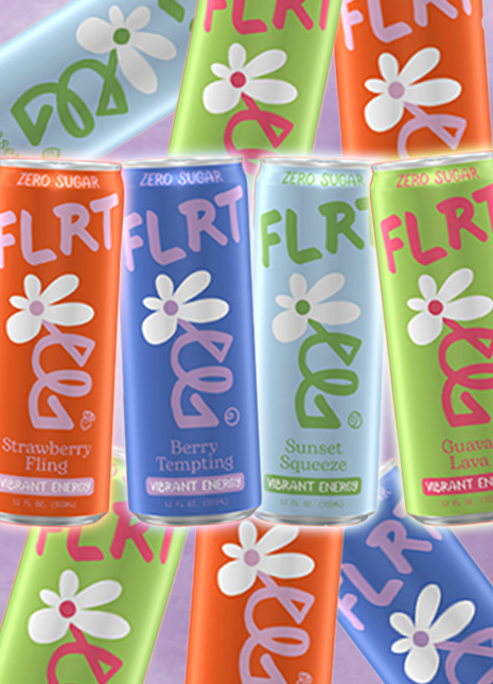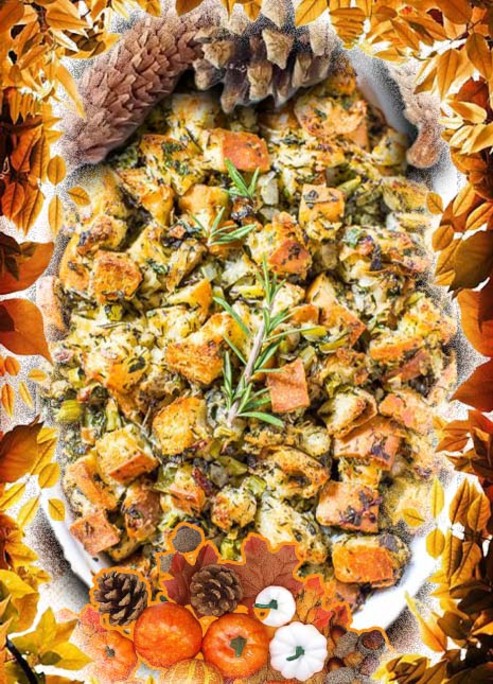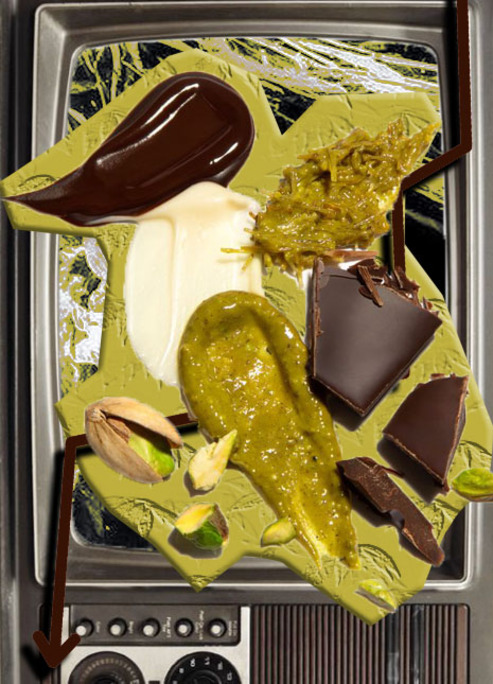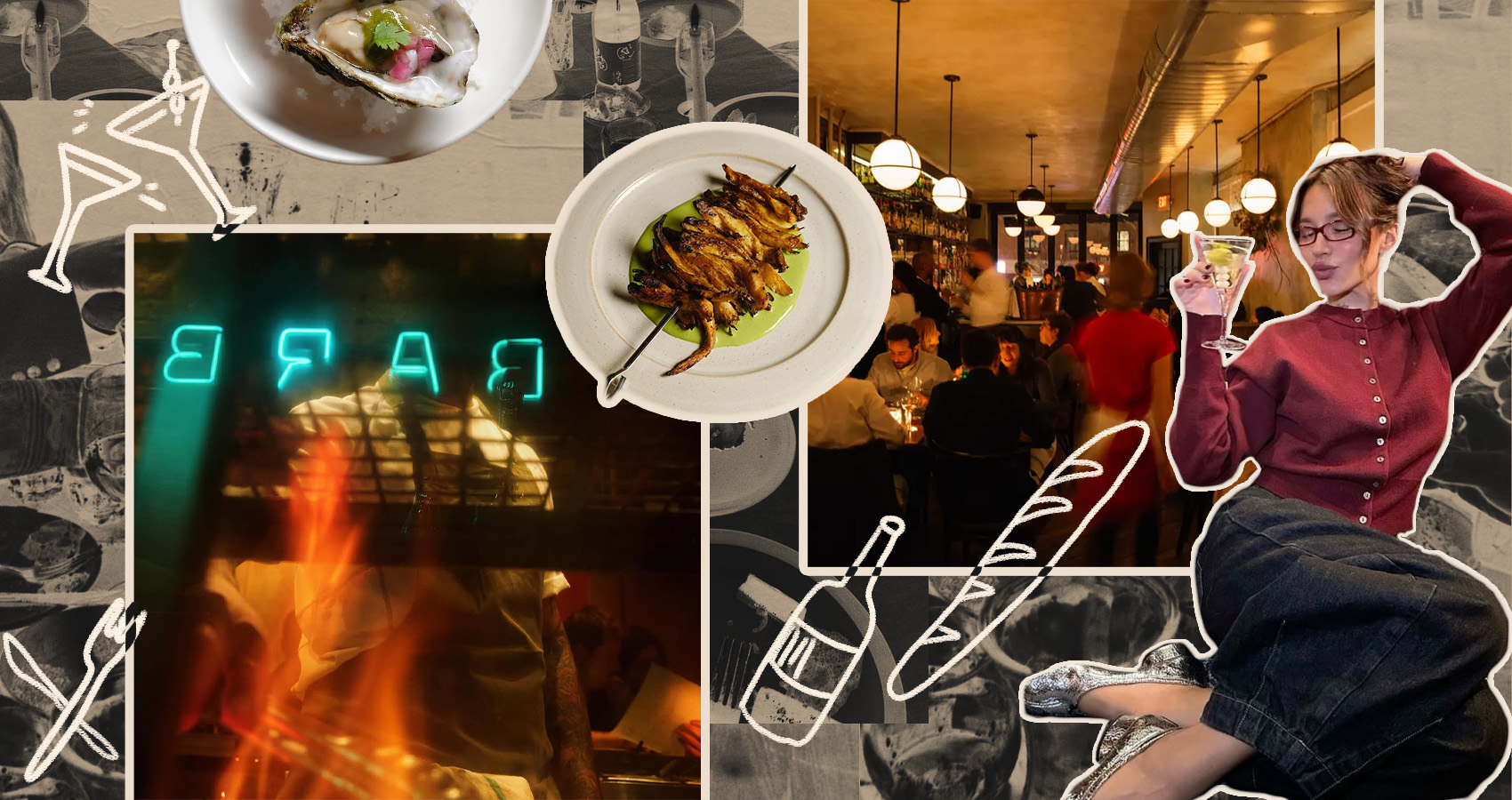
Eating and Dressing with Ease: Is This Year’s Hype Set to Enter 2025?
Dining in style.
Dining trends have been waxing and waning with the fashion tides, and rumour has it the stiff associations of fine dining is out, and in is relaxed restaurant hotspots and even more relaxed streetwear fits.
From London to Paris to New York, the city’s streets have witnessed a surge of restaurant openings with a refreshing take on eating, and its roaring popularity has caused the fine dining industry and its accompanying fashion expectations to tremble with fear. Get ready foodies and fashionistas: it seems that there is a new way to eat and dress. It might be time to swap evenings of awkward ambiences, tight smiles and formal fits for a night of loose-fitting styles, inventive sharing plates, and an atmosphere of relaxation.
The Rise of Al-Fresco and Small Plates
Admittedly, the tastebuds of society have shifted, and our fashion tastes have followed suit. More increasingly, audiences – specifically Generation Z and Millennials – are sniffing out restaurants infused with an air of nonchalance and turning their noses up at traditional dining eateries. Whilst fine dining is still alive and breathing thanks to more traditional eaters, the intense popularity of small plate concept restaurants – especially those that offer al-fresco tables - has skyrocketed into frenzy.
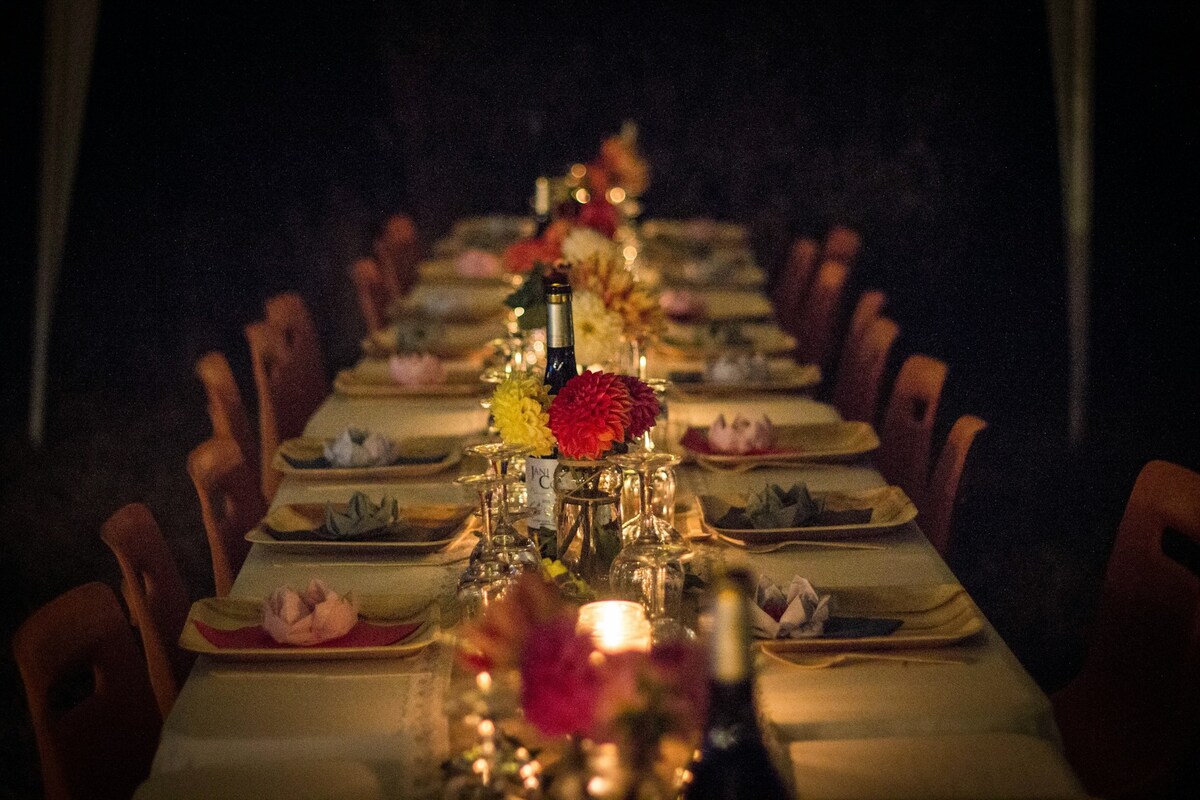
The concept of a small plate is just like tapas, but without the prerequisite of the food being Spanish cuisine. These dishes are designed to be shared around the table, and they typically arrive when they are ready. Although this concept throws all culinary order out the window, it is a way for customers to experiment with new flavors and make food a laid-back social affair.
This experience is heightened by eateries that offer an al-fresco dining option, a term that originates from those known for simple and delicious food: the Italians. It translates to ‘in the fresh air’ or ‘in the cool/chill’ and has been increasingly used to refer to outdoor dining in open-air settings. Many countries’ response to the COVID-19 pandemic catapulted this dining style into the streets, where, for example, in New York City, 10,600 restaurants had enrolled in the city’s outdoor dining program by September 2020, up from 1,023 sidewalk cafes that existed pre-pandemic. Yet, what was once a necessity to keep businesses alive has become the selling point of the newest hotspots in the city.
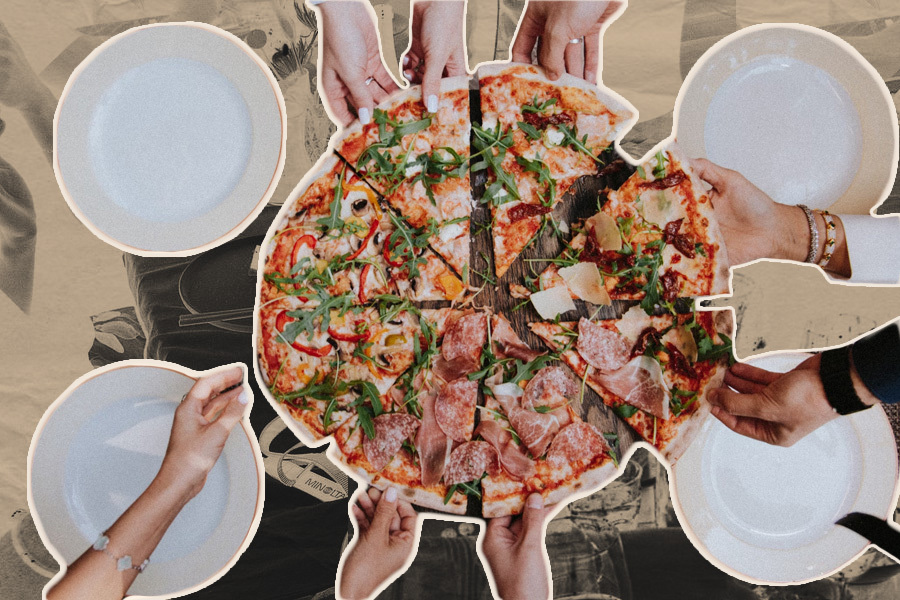
Restaurants tailoring to this new hype have crept into every crevice of every city, and the al-fresco experience has particularly become the new VIP spot no matter the season. During the shallow warmth of spring, the blaring heat of summer and the cool breeze of autumn, this year especially has seen never-ending waiting lists, lengthy queues, and swamped outside tables even during chilly climates.
Dining and Dressing: Comfort at the Core
With eating outside comes its own expectations of dressing the part, and there is no better way to match the relaxed atmosphere than to opt for the effortless casual fit. In summer, al-fresco diners have been seen in long loose dresses, breathable cotton trousers, light linen shirts, simple accessories. In winter, we have seen big fur coats, even bigger scarfs, wide-leg trousers, cashmere jumpers. Undeniably, the al-fresco table has become a platform to share delicious food, flaunt relaxed in-season fits, and sip wine as the city speeds past at your feet.
Yet are cities and its foodies ready to fully embrace this new dining dynamic? Are fashion houses embracing this demand for comfort over formality? And are both industries preparing for a demand that may be more than a trend, but a new way to dine and dress in?
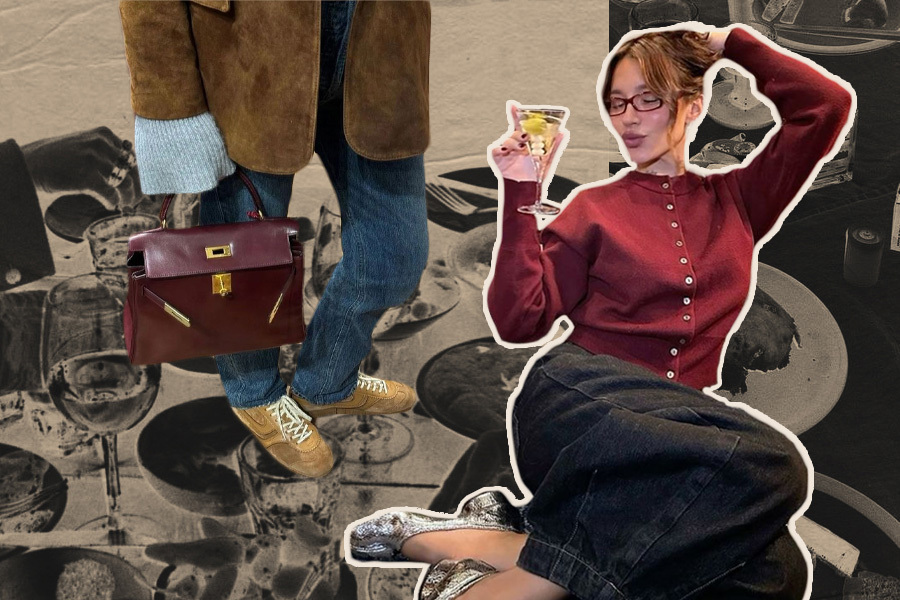
To start, one thing is clear: modern dining culture has become more than satiating our rumbling stomachs. It has become an art in itself. Menus are no longer endless pages of standard meal options and wines are certainly not compartmentalized into basic ‘red’ and ‘white’ sections on the back page; instead, menus are refined, and wines come in their own manual and a sommelier if you’re lucky. The dishes on offer are a creative fusion of unusual but surprisingly complimentary flavors that are truly sensational.
Yet, the food is always on par with features that keep customers coming back. The most successful restaurants tailored to this new trend have mastered the art of ambience. Food cannot be enjoyed under harsh light, uncomfortable seating or no music. To have a restaurant that entertains keen audiences is to make the experience more than just about simply eating but creating a buzzing scene that compliments, heightens and deepens its flavors.
Ambience as the Secret Ingredient
Some of my favorites can be found in Paris, New York, and London; arguably cities with the greatest food scenes. During summer, Paris heavily flirts with al-fresco dining, and its people take full advantage. The third arrondissement is home to Kubri, a Lebanese restaurant that remains one of the best meals I have ever consumed. Think mezze and shared main dishes of incredible flavor: variations of hummus, baba ghanouj, tabbouleh, asparagus fatteh with bottarga, octopus msabaha, and so much more It is casual, unpretentious and modern, serving as a refreshing break from conventional Parisian brasseries and bistros. Another favorite is La Traversee in Montmartre, which again, perfectly puts a modern twist on traditional Parisian dining with its customers sharing small, curated plates and sipping natural wine over open-air street views, may I add, in jeans and trainers.
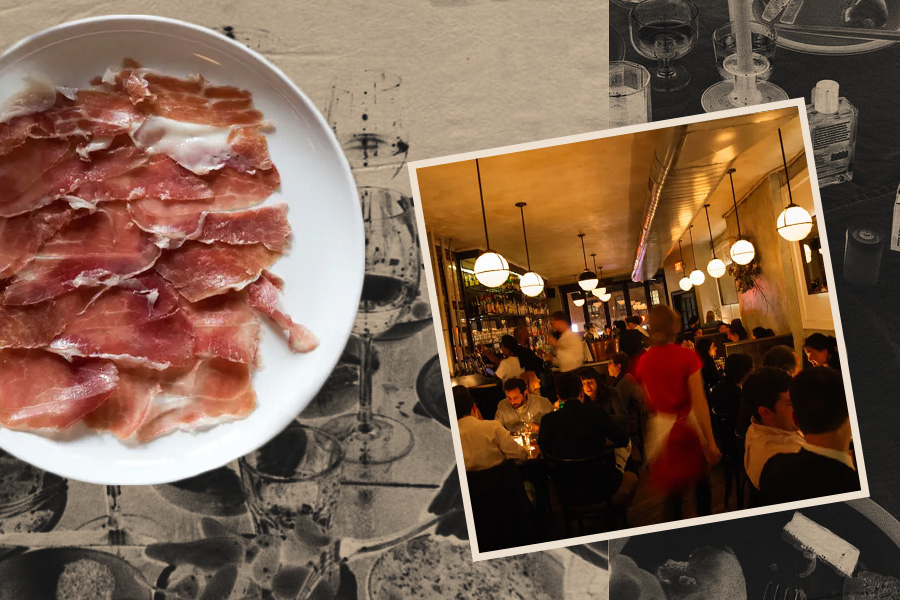
In New York, Estela in Manhattan has nailed the memorable dining experience. It is an intimate one Michelin Star downtown bistro from chef, Ignacio Mattos, and offers a very small selection of dishes that are, again, incredibly clever and well-thought out. Although the atmosphere is bridging on dressier than casual, there is no dress code, and so, comfort again reigns. Another fabulous one is Shukette, which boasts an even more relaxed aura and serves hearty selection of sharing plates that can most definitely be scoffed down without any looks.
And finally, London. Some restaurants that have nailed the sharing plate theme is The Barbary in Notting Hill, an American diner style restaurant that knows how to set the mood. The restaurant is coated in a sexy deep-red interior and its dinner scene is top-notch, decked out with a bar, plush velvet counter stools and a generous seating area. The music fits the vibe perfectly, the lighting low but not too low, and the scene is permeated with a constant buzz of energy. Menus change over days and seasons, and the food is simply exquisite (they know their target market so well they even have a green juice, a vast collection of natural wines and herbal teas.) Another one that I always recommend to friends is Bubala, a Middle Eastern-inspired vegetarian restaurant that serves an array of luscious spreads and more inventive dishes that I love despite my lack of vegetarianism.
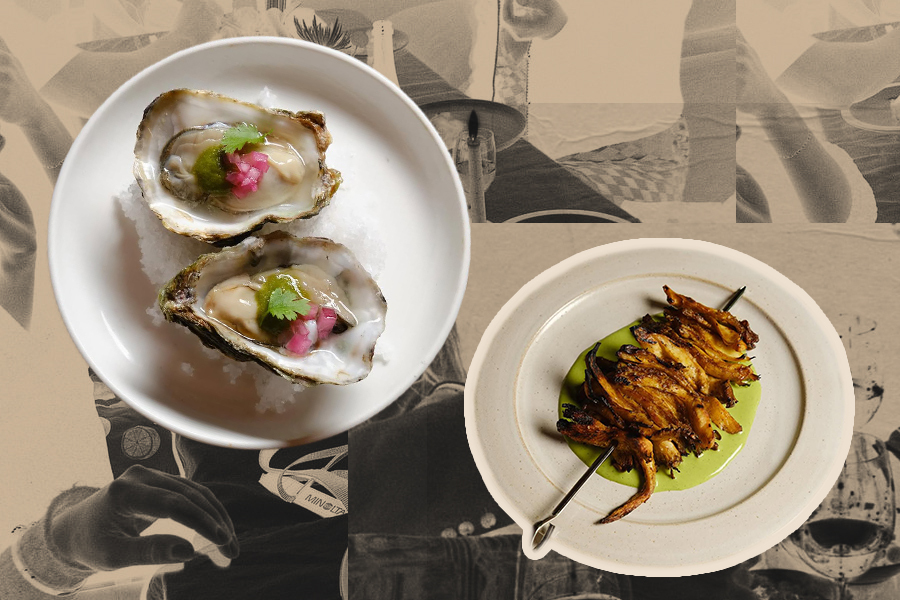
All these places come with the added layer of oomph that traditional establishments lack. Your visit is never just about the food, but the experience. In all these restaurants, the waiting staff have been attentive, but not too attentive, the music has been loud enough for me to hear but low enough to have a comfortable conversation over, and the room is always vibrating with a contained, bustling energy. These establishments have become the perfect concoction of what our generation desire and demand: comfort, creativity, ease, style and class.
Just like a mirror, the same desire and demand tug at the strings of fashion trends. More increasingly, comfort has become the buzzword when fashion brands curate the new season’s collections. The casual comfort style - think baggy jeans, trainers and an oversized coat – have dominated the industry for some years now. Quite clearly, feeling uncomfortable is out of style, and the relaxed aura popular restaurants aim for has only further cemented this way of dressing.
Admittedly, the industry has witnessed a fusion of values and style: no longer are tight corsets or barely-there dresses the go-to like they once were. We are in a new fashion era, one that sensationalizes the feeling of a cashmere jumper, a loose pant that perfectly rests on a streetwear trainer, and a long coat. Of what has been branded as casual elegance and urban flair, comfort and movement are the core values most up-and-coming fashion brands embrace. Customers want to feel at ease, they want to move freely, and most importantly, they want to eat in comfort.
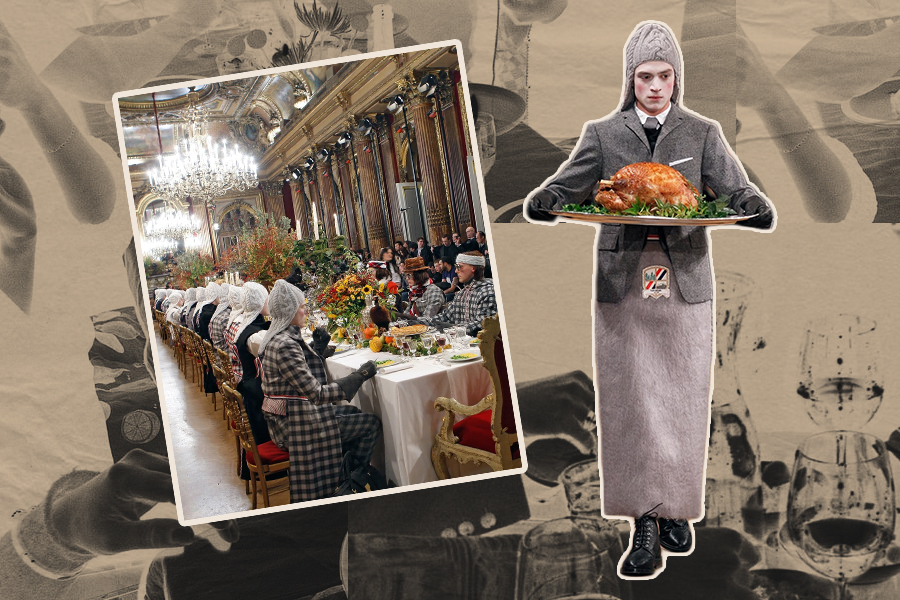
And the evidence is there. This season’s fashion weeks saw designers continue to curate pieces to these values. At PFW SS25, Loewe turned everyday basics into playful, relaxed items that created a sense of movement and ease, whilst Miu Miu showcased pieces with a comfy playfulness. Outfits included flary knee-length skirts, light trench coats, and baggy tops that moved effortlessly with each stride.
Even so, Thom Browne opted for a dinner party soiree to showcase his SS25 collection to “demonstrate the wearability of the clothes.” He gathered esteemed guests who were dressed in unseen Browne SS25 ensembles for his no-press, hush-hush dinner at the Commerce Inn in West Village. Holding the values of brand loyalty and community close to heart, the evening was one filled with warm laughter and conversations. For a fashion brand to showcase its new collection in such an environment only reaffirms what this year has made clear: food and fashion are ways to relax into life.
The Future of Food and Fashion
Today’s most hyped restaurants and the styles of the season will forever influence each other in mysterious ways because eating and dressing is how we express our values. Society is increasingly prioritizing ease, relaxation, and wellness, so it goes as no surprise that the way we express ourselves is imbued by these very same values.
And this is only the start: 2025 will see more restaurants tailoring to an experience that has become more than a trend, but a normal way of dining. So, what are you wearing to your next dinner date, and where will you be going?



